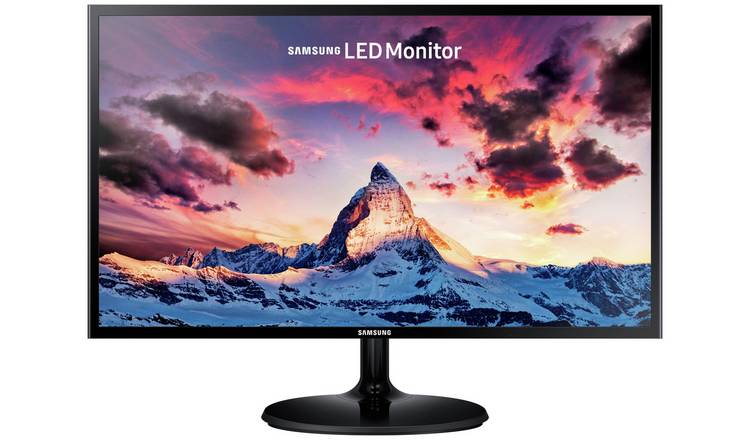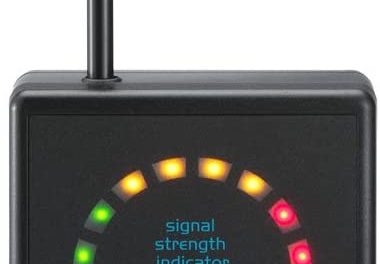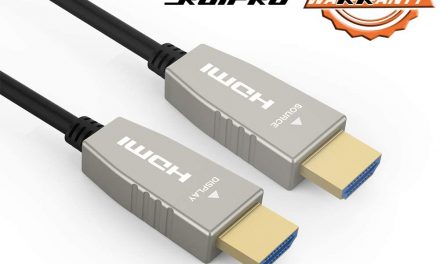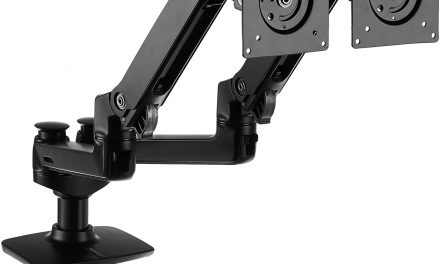One of the most important devices on a computer is the monitor. It can be termed a visual display unit (VDU) but the most common term is ‘monitor’ though some can just refer to it as just a computer screen. The moment you remove a monitor from the equation you will not get the full experience or rather no proper experience of using a computer. That is how important it is – almost as important the processor unit i.e. the central processing unit (CPU). In this article we shall be looking at the different types of monitors out there.
Table of Contents
LED Monitor
LED stands for light emitting diode. What this means is that the monitor is comprised of light emitting diodes. This type of monitor has three outstanding characteristics. One, there is versatility and high resolutions for the display output. Two, the display produces visuals that look very realistic. Three, we just talked about the high resolutions some moments ago. Well, those high resolutions can be clearly seen even from a considerable distance away from the monitor.
Plasma Monitor
Plasma monitors or plasma screen monitors use a network of cameras or fluorescent panels. There are so many other components that bring this type of monitor roaring to life. We are talking about components like dielectric layers, glass plates, electrodes plus magnesium and phosphorous coatings amongst others. Visuals displayed by a plasma monitor are exceptional due to an impeccable balance struck between the brightness and contrast elements.
LCD Monitors
LCD stands for liquid crystal display. One of the most commonly used monitors nowadays though it was not always used for computers. LCD technology started off being used solely for TVs. Over time the applications have diversified and you can now find LCD monitors on several devices other than TVs and computers. This type of monitor produces great quality output due to the many components that constitute the tech. Some of those components are light crystals, a light source, a colour filter, electrodes, polarizing filters, and the display surface. The tech creates room for the monitors to be very thin and lightweight.
OLED Monitor
This is an elaborate type of monitor varying from the LED in that this one is comprised of organic light emitting diodes. The working mechanism entails what is called an electro-luminescent layer (which is formed out of organic matter). That layer along with light that is generated in the interior produce the visuals. If you have ever seen 360º visuals or even 3D ones, they can be perfectly displayed by OLED monitors. This type of monitor is not yet commonplace in its use but it is steadily gaining traction.
CRT Monitor
CRT stands for cathode ray tube. If you ever used desktop computers in many years past you will be familiar with this type of monitor. Remember those VDUs that would only display black and white graphics? Those are what we are talking about when referring to CRT monitors. In essence, CRT monitors were the very first types of monitors to be used for computers. They did start off as black and white but they at some point could be colour. There were design tweaks that were done to come up with colour displays for the CRT monitors.
DLP Monitor
If you have ever wondered what the best type of monitor is, well, it is the DLP monitor. It is the kind of monitor to get for applications such as gaming or graphic design. It arguably stands at the apex of them all when it comes to HD i.e. high definition. This is made possible by a system of numerous digital micro mirrors (several millions). It is those digital micro mirrors that subject light through a process of digital modulation. Once modulated the light is channelled into the respect pixels. No wonder why the display quality of this type of monitor comes off very high.
Touchscreen Monitor
You are all familiar with touchscreen technology like the one on your mobile smartphone for instance. This is basically the same when we are talking about touchscreen monitors. The tech can be used through attaching certain devices to other types of monitors. Alternatively, the touchscreen can actually be installed directly onto other monitor types e.g. LCD.
The idea of introducing touchscreens to computers was borne out of the need to provide interactive experiences for computer use. Consider an ATM for instance, it being setup to work on a physical keyboard and mouse setup compromises the interactive experience. Having a touchscreen creates an intimately interactive experience. Mostly the application of touchscreens is with the idea of an interactive user interface in mind.
TFT Monitor
Earlier we talked about the LCD monitor. The TFT monitor works on more or less the same tech but with more components. A TFT monitor produces output quality that is superior to the LCD monitor. TFT monitors produce very high resolutions – higher than the LCD. This is made possible by a sophisticated network of transistors. Every pixel has a dedicated transistor which is why the display quality is crisp and clean.
These are the common types of monitors that you can find out there. This has been an elementary look at the different types of monitors without delving deeper into the technical details. You probably might have noticed that some of the monitors get their physical size from the type of technology they work on. Overall, there are then several things to consider when looking for a monitor. It is not always just about the display quality.






